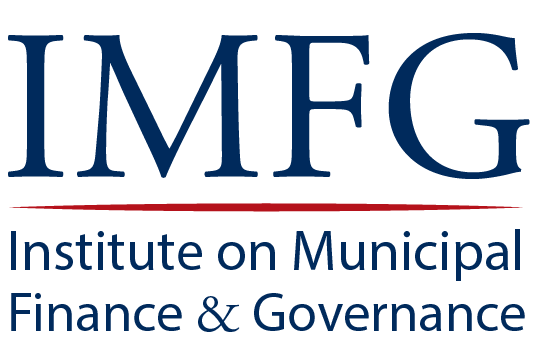New IMFG Perspectives Paper looks at the root of persistent cost overruns on public megaprojects, and proposes ways to fix this problem.
Cost overruns and schedule delays have plagued major infrastructure projects for decades. Every year, unexpected overruns cost governments tens, if not hundreds of millions of dollars, and individual project managers are first to be blamed. However, this pattern shouldn’t come as much of a surprise. As the international evidence suggests, the bigger the project, the more likely it will miss deadlines and run over budget.
In a new IMFG Perspectives Paper, Cost Overruns on Infrastructure Projects: Patterns, Cause, and Cures, Matti Siemiatycki shows the causes are not merely technical. Instead, he argues, “there are deep psychological and political economic factors that also contribute to the persistence of this phenomenon.”
Siemiatycki recommends five remedies, based on international best practices.
- Use big data to monitor projects and report on cost overruns.
- Draw on past experience to award contracts to the best-performing firms.
- Invest in training programs for government staff.
- Use data from previous projects to create more precise cost estimates.
- Take advantage of public-private partnerships for the largest projects.
According to Siemiatycki, effective strategies are at the government’s fingertips. It remains to be seen whether the main stakeholders – politicians, city staff, and firms – are willing to move beyond the status quo, and implement real change.
About the Author
Matti Siemiatycki is Associate Professor in the Department of Geography and Planning at the University of Toronto. His teaching and research focus on infrastructure planning, financing, and project delivery. His recent studies explore the merits of delivering infrastructure projects through public-private partnerships, especially as they relate to value for money, risk transfer, and the meeting of public policy goals.
